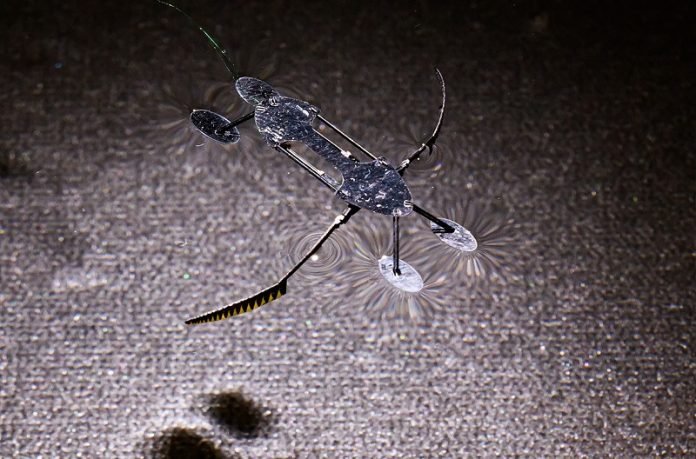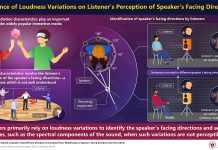
In the world of robotics, something incredible is happening.
Scientists have created two tiny robots, a mini-bug and a water strider, that are not just small but also incredibly quick.
These little machines are setting records as the smallest, lightest, and fastest fully functioning micro-robots ever made.
Imagine robots so small they could do jobs like helping bees pollinate flowers, finding people in rescue missions, checking the environment for pollution, working on tiny parts in factories, or even aiding in delicate surgeries.
The mini-bug robot is super light, weighing only eight milligrams, which is lighter than a paperclip!
The water strider robot is a bit heavier at 55 milligrams, but still incredibly light. Both can zip around at a speed of six millimeters per second. While this might not sound fast, it’s pretty quick for robots this tiny.
Conor Trygstad, a PhD student at Washington State University, led the research. He mentioned that even though these robots are fast for their size, they are still not as quick as the insects they are modeled after.
For example, an ant can weigh up to five milligrams and move almost a meter in a second!
One of the coolest things about these robots is their tiny engines, known as actuators. These actuators are what make the robots move.
Trygstad developed a new way to make these actuators really small – less than a milligram, which is the tiniest ever for micro-robots.
Néstor O. Pérez-Arancibia, an associate professor who led this project, said these are the smallest and fastest actuators ever used in micro-robotics.
The secret behind these actuators is a special material called a shape memory alloy.
This material can change its shape when heated and then go back to its original shape. Unlike regular motors in robots, these alloys don’t have moving parts like gears or wheels.
These tiny engines are quite strong. They’re made of two very thin shape memory alloy wires. When a little electric current passes through them, they heat up and cool down quickly.
This lets the robots move their parts, like flapping fins or moving feet, up to 40 times in a single second! In tests, these tiny actuators could lift more than 150 times their own weight.
Another great thing about these shape memory alloys is that they don’t need much power. They use very little electricity or heat to move, which is much simpler than other methods used in robotics.
Trygstad, who loves fly fishing, has been studying water striders for a while. He noticed that while their water strider robot moves by flapping, the real insect uses a more efficient rowing motion with its legs. This is why real water striders are much faster.
The team is also looking to make a robot that can skim across water surfaces as well as move under them, just like real water striders.
They’re working on using tiny batteries or even a method called catalytic combustion to make these robots work on their own without needing a power source. This research is not just fascinating but could lead to some amazing applications in the future.



